Reading Time: 5 minutesWhen you watch the swimming action created by a crankbait, it quickly becomes obvious why they’re such effective lures. Their unique shape and, in many cases, their lip create a ton of action! Effective for any species that attacks prey, crankbaits are a popular option particularly when fish are active.
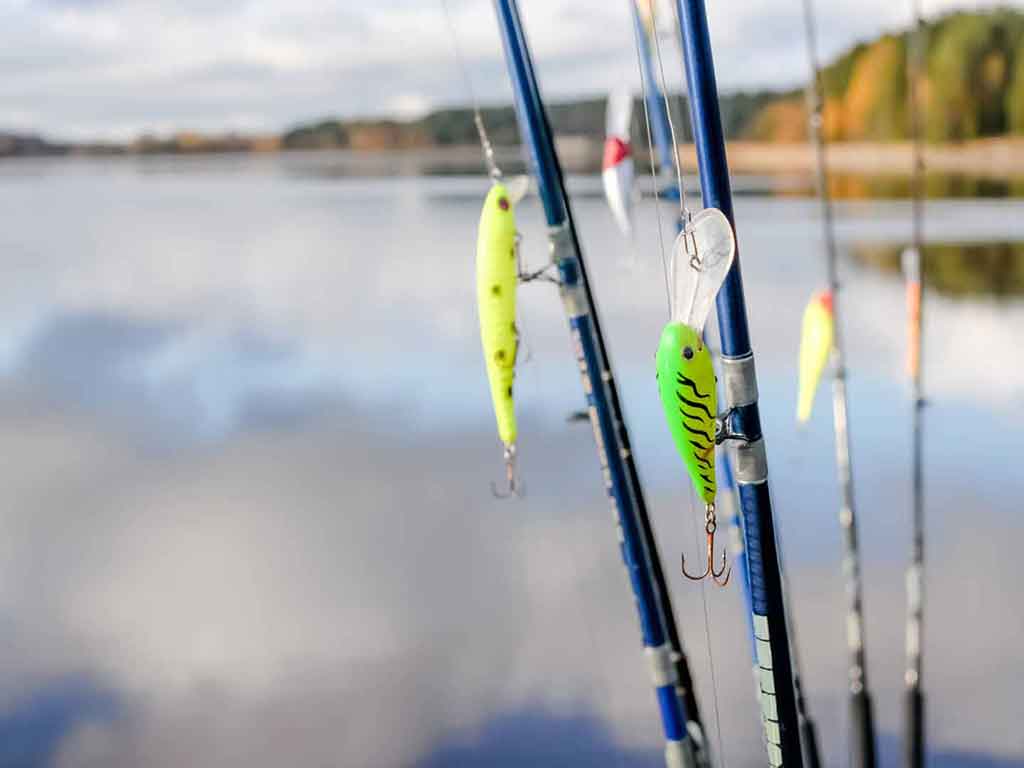
While many lures can catch fish, crankbaits are also fun to fish. The strikes are often extremely aggressive and these lures are responsible for catching some seriously large specimens. If you’re chasing down a record or just want a big strike, tie on a crankbait.
But what makes a crankbait unique?
It’s difficult to describe the way a crankbait swims. While jerkbaits and other lure shapes wobble, dip, and dive, crankbaits take all of those actions to another level. They’re erratic and, depending on the exact design, can really over-emphasize every movement. The wiggle is especially prominent and attractive.
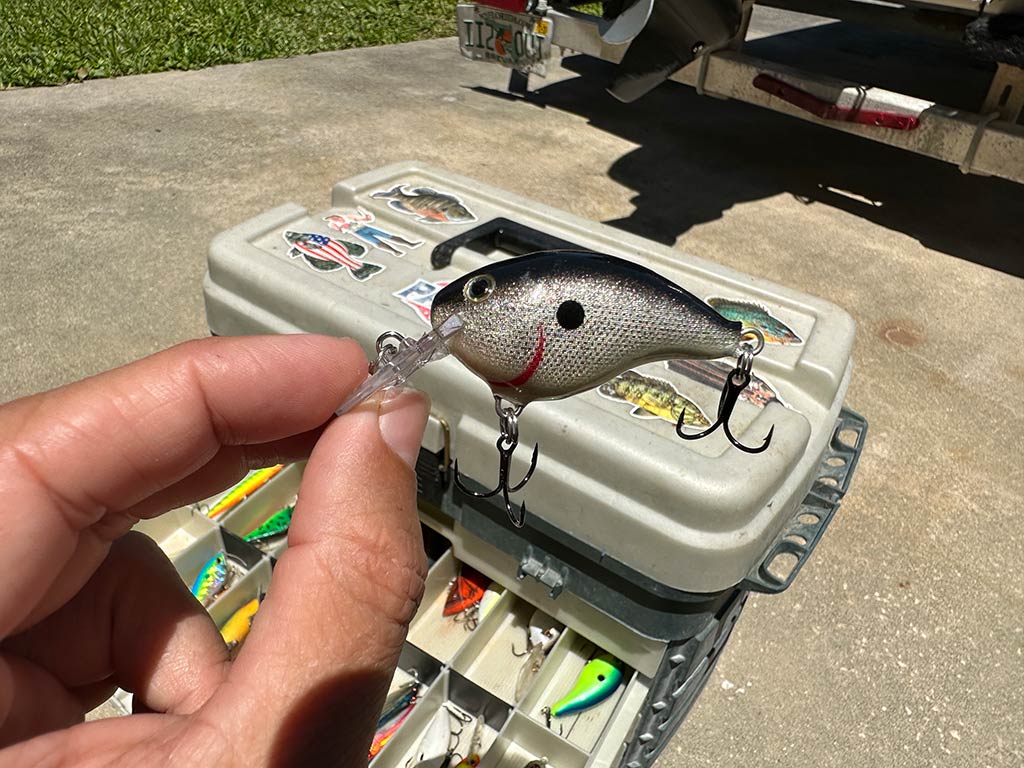
A large head and short taper into a tail is the general shape of a crankbait. The initial displacement of water is part of the charm. Some crankbaits come with no lip and you can fish them in the surface film or rig them with a weight so they dive. They still have great action, and the flexibility to control your depth is nice when you need versatility.
Most have a plastic lip near the hook-eye and that’s what helps them dive. It also determines the exact action. Lips are typically rounded or square-edged and they protrude outward or down to influence action. Custom edges and unique lips are not uncommon either. Play with the different lip types to find the actions you truly love.
What species can you catch with crankbaits?
The list of species you can catch with crankbaits is nearly limitless! These lures come in small sizes that can attract Trout or Panfish, or very large sizes that can target large saltwater fish. They even come in articulated versions that use a joint to separate the tail. These have a very realistic swimming action and you shouldn’t hesitate to experiment with most species.
The action is aggressive so keep that in mind. Focus on fishing these lures during peak activity for most species. Bait, suspended jigs, and slower targets are often more productive during slower times and shoulder seasons. When the bite is on, however, drop a crankbait and see what happens.
Largemouth and Smallmouth Bass
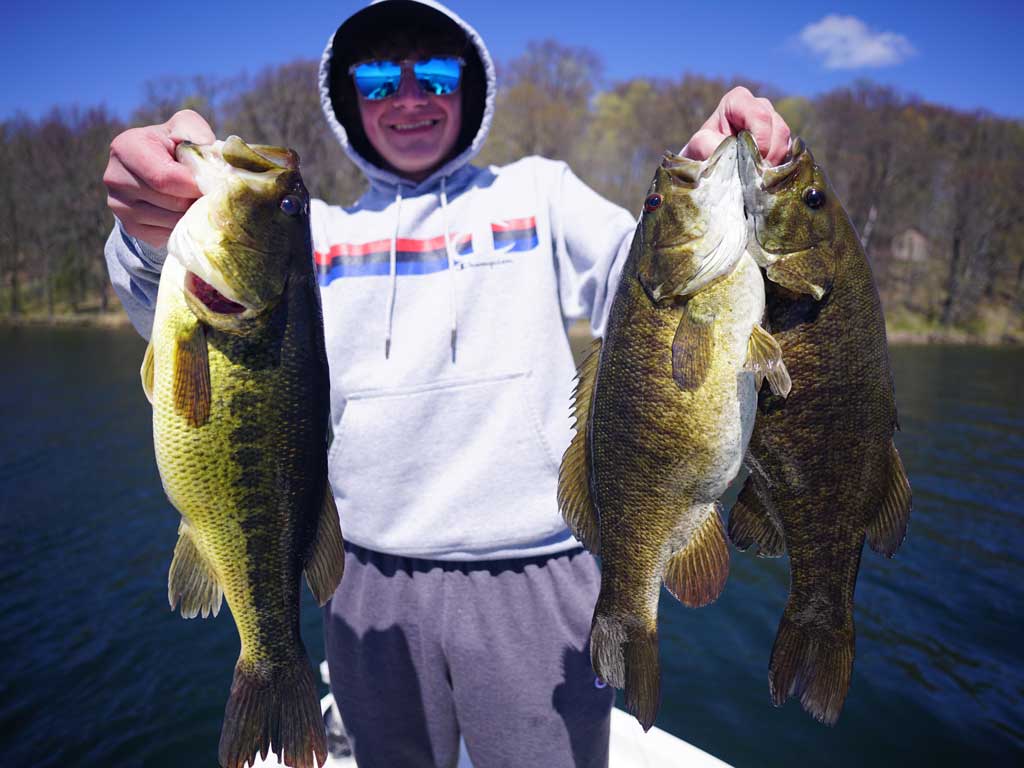
Photo courtesy of Livin’ the Dream Guide ServiceIf there’s a fish that responds really well to crankbaits, it’s Bass. Both Largemouths and Smallmouths are ambush predators that will crush these lures under the right circumstances. It’s best to target these fish with crankbaits when temperatures are optimal. When it’s too cold, Bass suspend and are less likely to move far for food. When they’re on the hunt, however, a well-placed crankbait is outright deadly.
Pike, Muskie, and Walleye
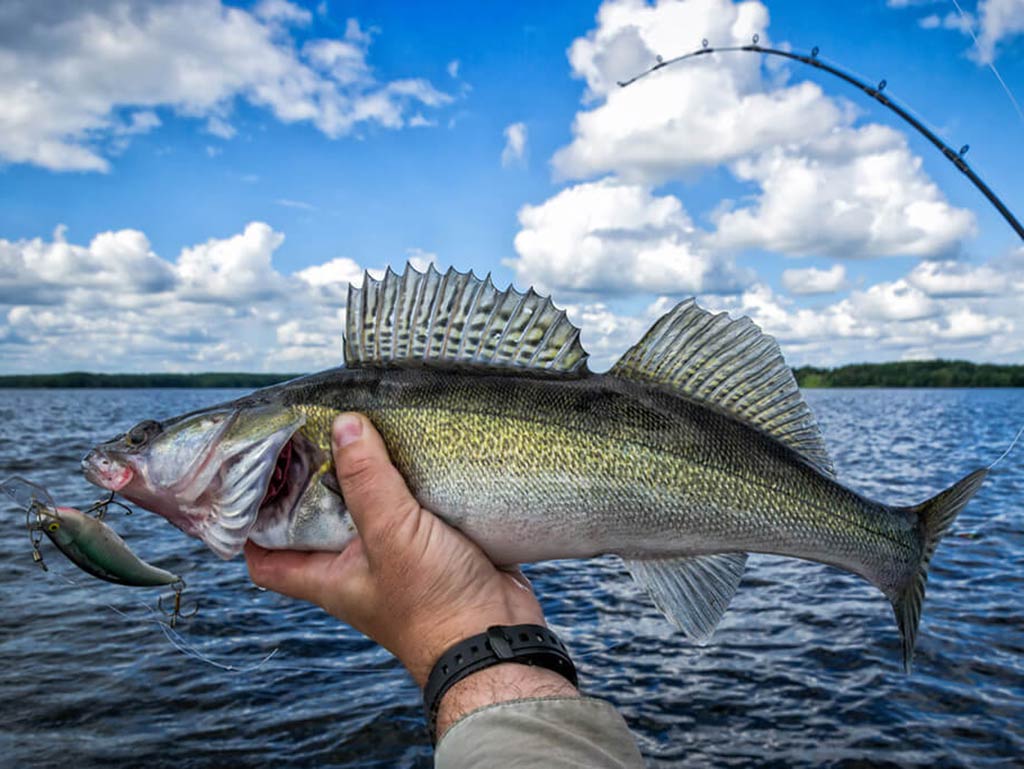
Grab a big crankbait to target either of these predatory species. They’re aggressive but it takes some searching and a lure that’s visible and full of action to entice them. An oversized crankbait is fantastic for either. The advantage of having a lure that can swim shallow near weed beds or deep over structure is huge when fishing through different water types.
Salmon, Trout, and Steelhead

Photo courtesy of Built For Speed Fishing ChartersWhether you’re casting in a Trout pond or back-trolling a river just above tidewater, crankbaits can hook no shortage of Trout, Salmon, and Steelhead. For anadromous species, these lures are more effective when the fish are fresh out of saltwater and full of energy. For Trout, there’s never really a bad time to test the action of a crankbait. They’re especially productive when the Trout have access to bait fish, frogs, and other unique food sources.
Saltwater Species
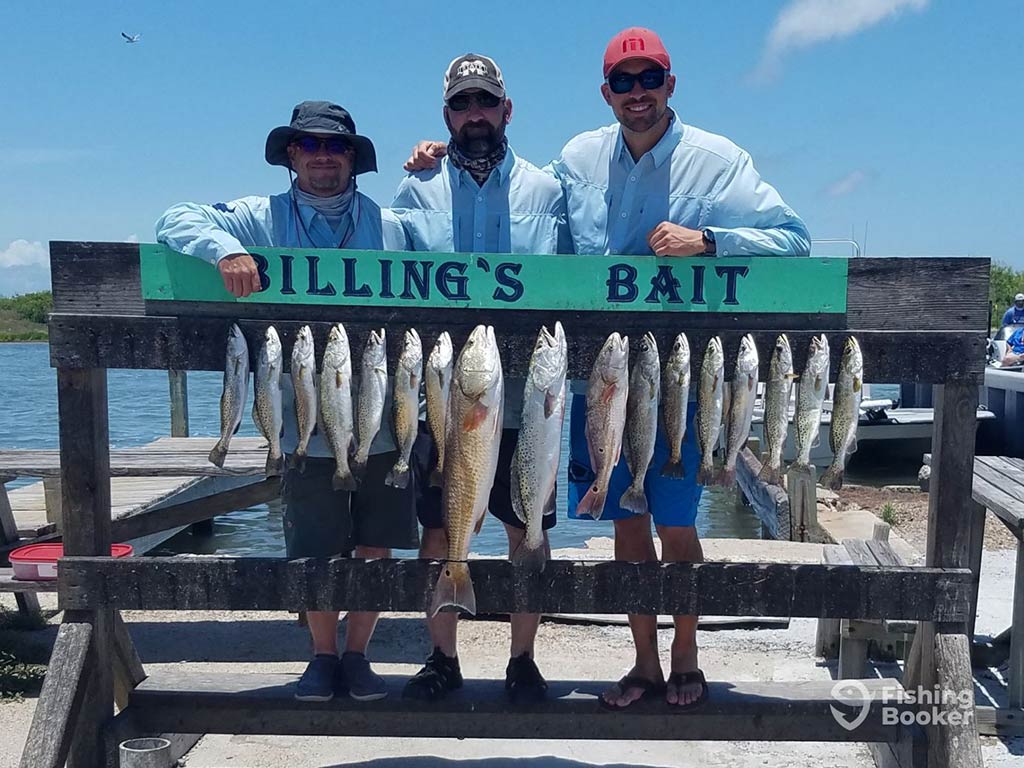
Photo courtesy of Photo courtesy of Coastal Rod BenderCrankbaits aren’t limited to freshwater fishing. Throw them inshore or offshore to catch Drum, Jack Crevalle, Tuna, Spotted Bay Bass, Stripers, and more. The list of potential targets is long and you can find crankbaits in different waits to target various depths. Deep-diving models are great for getting down when big schools are working bait below the surface. Many crankbaits are designed specifically for saltwater and they have color schemes and patterns to imitate silver, blue, and other common colors found on saltwater bait fish.
Tips for Rigging and Fishing Crankbaits
You can rig crankbaits using a variety of methods. It’s a user-preference situation but there are many common themes. For smaller crankbaits with a solid hook eye and no terminal ring, tie directly to the eye with your favorite knot. A palomar, clinch knot, loop knot, or a stronger option like the San Diego jammer will suffice.
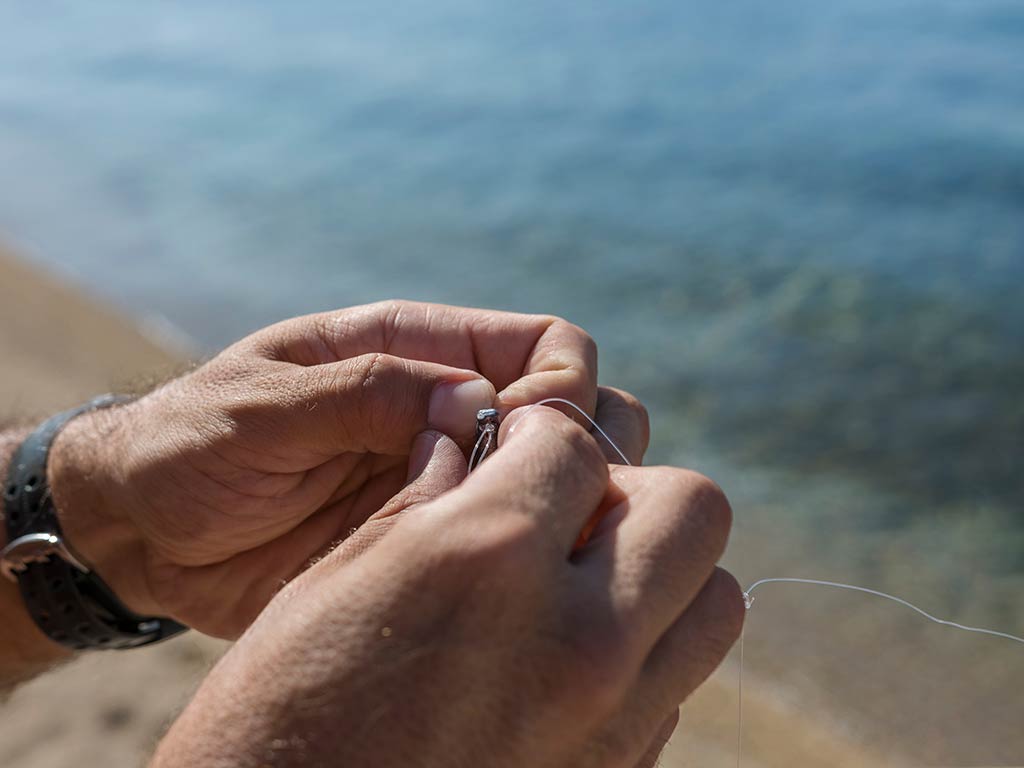
As the size increases and the quarry becomes stronger, it’s time to strategize with the leader and terminal tackle. For toothy species, a steel leader with a swivel end to the line and a snap to the hook is a great setup.
You can also use this with a mono leader for just about any other species. A barrel swivel is ideal for maintaining flexibility and movement to the line, and a snap is perfect for swapping different lures quickly. Add a ring to the lures when using larger versions for extra strength and a convenient attachment location.
Beyond rigging, the fishing techniques you’ll use are simple. Most crankbaits are rigged bare (lipless excluded) as the lure itself is designed to reach various depths. You can cast and retrieve or troll these lures. Both techniques work very well depending on your situation. Trolling is ideal for covering ground while creating noise and action. Cast and retrieve means you can target very specific holding locations for species like Bass and Pike.
What will you catch on a crankbait?
There are plenty of lure styles and sizes to play with on your next fishing trip. When the fish are active and aggressively feeding to gain weight, consider choosing a crankbait. It doesn’t matter if Yellowfin Tuna are crashing bait offshore or a big Pike is waiting to ambush in a lake, you have a good chance of drawing a stroke or at least an aggressive follow. Get out there and experiment!
Are you a crankbait fishing fan? We’d love to hear about your favorite styles and the species you target! Chime in to share your strategies!
The post Crankbaits: Everything You Need to Know appeared first on FishingBooker Blog.
https://fishingbooker.com/blog/crankbaits-fishing/
 CampingSurvivalistHuntingFishingExploringHikingPrivacy PolicyTerms And Conditions
CampingSurvivalistHuntingFishingExploringHikingPrivacy PolicyTerms And Conditions
